Last weekend, as part of my long to-do list, there was one task I was avoiding, the dreaded FAFSA. Even though I have filled it out before, it felt a little overwhelming. When that happens, I find the best thing to do is to dive in. Since I figured there must be others who feel the same way, I am sharing some of the things I learned along the way.
Understanding FAFSA
FAFSA stands for the Free Application for Federal Student Aid. Completing a FAFSA application will determine if a student is eligible for a federal Pell grant and federal student loans. For New York State residents, the FAFSA will also determine eligibility for the TAP (Tuition Assistance Program) award and, if eligible, an application will automatically be sent to the student.
All students should complete the FAFSA, even if they don’t think they will be eligible for a federal grant. FAFSA also qualifies a student for Stafford subsidized and unsubsidized loans and work-study programs. Some colleges require that all students fill out the FAFSA as that may determine merit aid.
The FAFSA for the 2023-2024 academic year opened on October 1, 2022, and must be completed by June 30, 2024. Corrections or updates can be submitted up until September 14, 2024. Some colleges may have their deadlines so be sure to check with each college to which you are applying. A student may get more financial aid if the application is filed early in the year. This is critical in some states because financial aid is awarded on a first-come, first-served basis. The sooner you file, the more grants, work-study funds, and federal loans may be available. Click here for more information on federal and state deadlines.
The FAFSA must be completed each year that the student is in college.
If you’re a dependent student, you will report both your and your parent’s information. If you’re an independent student, you will report only your information (and your spouse’s information, if married). Click here to answer a few questions to determine your status.
Filling out the FAFSA
Now that you have some background information, it’s time to get started.
Be sure to have the following documents or items on hand.
- Your Social Security Number or Your Alien Registration Number (if you are not a U.S. citizen)
- Your federal income tax returns, W-2s, and other records of money earned (if not using the IRS Data Retrieval Tool)
- Bank statements and records of investments (if applicable)
- Records of untaxed income (if applicable)
- Colleges to which the student is applying (schools can be added or removed later)
To access the application, go here.
If you do not have an account, you need to create one to get your FSA ID. To create the account, be sure to use the student’s information. It takes up to three days to match the student’s information, however, you will still be able to fill out and submit the FAFSA during the waiting period. Parents filling out the FAFSA for a student will need to create an FSA ID before signing and submitting the document.
Once you start filling out the application, I recommend using the option to create a save key. This is a temporary password that makes logging in and out easier in case you need to gather more information or finish the application at another time.
It is important to remember that the student is the one applying for financial aid, so if you are a parent filling out the application for a student, all questions are asked and answered as if you are the student
Once all the information is accurate and complete, both the student and one parent will electronically sign the FAFSA. If the parent does not have an FSA ID yet, they will be prompted to create one.
Once the FAFSA is submitted, the student will receive a SAR (student aid report) by email or mail. It can also be viewed by logging into the FAFSA account using the student’s FSA ID. The SAR summarizes the information reported in the FAFSA and includes the EFC (Expected Family Contribution). The EFC measures how much the student and the family can contribute to the cost of their education. Schools use the EFC to determine eligibility for Federal Pell Grants, Stafford federal student loans, and work-study programs. The EFC is not how much aid you will receive or how much you will have to pay for college.
Updating/Changing the FAFSA
If you need to make changes to the FAFSA, you can log in to the account using the student’s FSA ID.
Financial information cannot be updated because it needs to be accurate as of the day you signed the FAFSA form. However, if there is a significant change in income or other circumstances that can’t be reported on the FAFSA form, call the financial aid office at the college.
Be sure to update your mailing address, email, and any other contact information that may have changed.
You must update your FAFSA if:
- your dependency status has changed (i.e., pregnancy, legal guardianship). If you have a change in marital status, contact the financial aid office at the college to determine if you can update the FAFSA form.
- you were selected for verification. Verification is a process used by the school to confirm the data reported on your FAFSA form. If selected for verification, the school will request additional documentation to support the information reported. It does not mean you have done anything wrong.
- you want to add or delete colleges.
At times I found the site a bit clunky, and at one point, the site crashed causing me to reenter some details. Even with that, once I had the correct information on hand, it went quickly. Now it’s one more thing off my to-do list.
